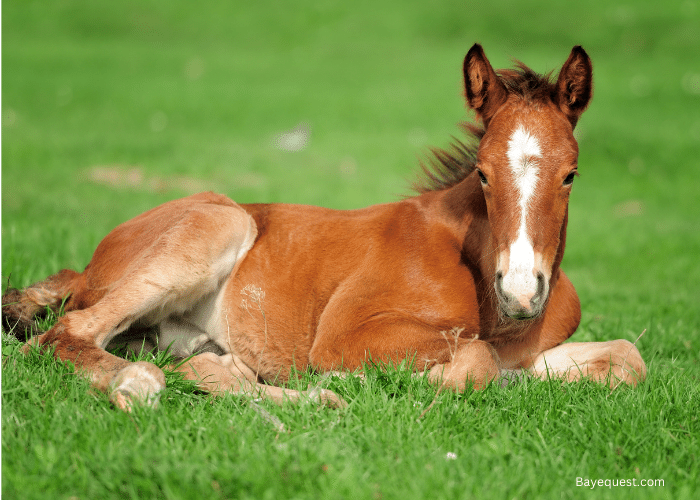Introduction:
You may be wondering how you can support your favorite riders or teams. One great way to do this is through sponsorship. Sponsoring a rider or team can help them achieve their goals and promote your brand or business at the same time. In this blog post, we’ll discuss how to sponsor a rider or team on your equine budget.
1. Determine Your Budge
The first step in sponsoring a rider or team is to determine your budget. Sponsorship can be a significant investment, so it’s important to set a realistic budget that you can afford. The amount you spend will depend on a variety of factors, such as the level of competition, the size of the audience, and the extent of the sponsorship package. Consider these factors when setting your budget.
According to a survey conducted by the American Horse Publications, 30% of horse owners spend over $10,000 annually on their horses, including shows and competitions. However, this number includes all expenses related to horse ownership and not just sponsorship. A more realistic range for sponsoring a rider or team would be between $1,000 to $5,000 per year. This amount can vary depending on the level of competition and the extent of the sponsorship package.
2. Find a Rider or Team to Sponsor
Once you’ve determined your budget, the next step is to find a rider or team to sponsor. There are many ways to find riders or teams, such as attending local events, searching online, or reaching out to equestrian organizations. You can also consider sponsoring riders or teams that align with your brand values or target audience.
The most common reason for sponsoring a rider or team is to gain exposure for the sponsor’s brand or product. Another common reason is to support a rider or team that shares the sponsor’s values or goals. When looking for riders or teams to sponsor, consider these factors to find the best match.
3. Define the Terms of the Sponsorship
Once you’ve found a rider or team to sponsor, the next step is to define the terms of the sponsorship. This includes what you’re willing to provide and what you expect in return. The terms of the sponsorship can vary depending on the level of competition and the extent of the sponsorship package.
When defining the terms of the sponsorship, consider the following:
- Financial support: How much financial support are you willing to provide? This can include cash, product donations, or other forms of support.
- Brand exposure: What kind of brand exposure do you expect in return for your sponsorship? This can include logo placement on the rider’s or team’s clothing, social media shoutouts, or other forms of promotion.
- Performance requirements: Are there any performance requirements that the rider or team must meet to maintain the sponsorship? This can include participating in certain events, achieving certain results, or maintaining a certain level of professionalism.
The most common types of sponsorship are product donations, financial support, and logo placement. Riders and teams are more likely to accept sponsorships from companies that share their values or have a reputation for quality products.
4. Sign a Contract
Once you’ve defined the terms of the sponsorship, it’s important to sign a contract with the rider or team. The contract should outline the terms of the sponsorship and ensure that both parties are clear on their obligations. Consider hiring a lawyer to draft or review the contract to ensure that it’s legally binding and protects your interests.
The contract should include the following:
- The amount and type of financial support
- The terms of the brand exposure
- The performance requirements
- The duration of the sponsorship
- The rights and responsibilities of both parties
- Any termination or renewal provisions
Most sponsorships last for one year, although some can be longer. The survey also found that riders and teams prefer sponsorships that are flexible and allow for renegotiation based on performance.
5. Build a Relationship
Sponsorship is not just about providing financial support; it’s also about building a relationship with the rider or team. Take the time to get to know the rider or team and show them that you’re invested in their success. Attend events, provide support, and offer encouragement. This will help to build a strong and mutually beneficial relationship.
Riders and teams prefer sponsors who are actively involved and provide ongoing support. The survey also found that riders and teams value sponsors who share their values and goals.
When building a relationship with the rider or team, consider the following:
- Attend events: Attend the rider’s or team’s events to show your support and get to know them better.
- Provide ongoing support: Provide ongoing support, such as product donations or financial assistance, throughout the sponsorship period.
- Share their values and goals: Show that you share the rider’s or team’s values and goals to build a strong and lasting relationship.
In conclusion, sponsoring a rider or team can be a great way to support your favorite athletes and promote your brand or business. By following these steps and considering the data we’ve provided, you can sponsor a rider or team on your equine budget and make a difference in the equestrian world.









